Vinyl fabrics for Halloween Costumes
This time of year when costume-making is in full swing, we get a lot of questions from crafters looking for “latex” fabric. The term has become ubiquitous with any shiny material. However, there are substantial differences between latex, patent vinyl, stretch vinyl, and faux leather – all terms that we see used to describe what in customers minds is the same material. Let us help you understand the different fabrics that are available.
Latex sheeting is 100% rubber, there is no fabric backing on the material. It’s the same material that a rubber band or balloon is made from. And like a balloon, if you make a pin-prick sized hole in latex sheeting and then stretch it, it will rip quite easily. For this reason, latex is typically glued and not sewn. The exception is when working with thicker guage latex like .80mm and when making loose fitting garments where the seams will not be under stress.
To sew latex you can’t use just any setup. The friction of the needle and thread passing through the rubber will eventually cause the thread to fray and rip. You might get 20 to 30 passes through the material before your thread breaks. To solve this problem, you need to use a synthetic thread and pass it through a silicone bath first. The silicone bath coats the thread and reduces the friction. Again, the vast majority of latex crafters will glue the seams instead of sewing them, and most of the Halloween costumes made from latex sheeting are glued.
Latex has a matte finish – think of a car tire before you apply Amor All shine to it. In order to get a high gloss shine on latex you’ll apply latex shine, which comes in either a spray bottle or non-spray bottle. With either, you’ll want to spread the shine across the latex using a soft cloth to evenly coat the material. Different types of shine have unique qualities. Some are thicker than others and each will evaporate at a different rate.
Another consideration when working with latex sheeting is putting the garment on. Tight fitting clothing made from latex that have to slide over the arms or legs will go on much easier with either lube or powder to reduce friction over the skin. There is no distinct advantage of a liquid based lubrication versus powder. Most people will choose one or the other based on personal preference. Latex catsuit costumes are one example where some sort of lubrication is a necessity for getting it on.
If wearing latex for a long time, the powder can potentially assist with absorbing sweat, but you might as well prepare yourself to sweat inside a tight fitting latex garment if wearing it for an extended period, as the material does not breathe.
So why make a Halloween costume from latex sheeting if it’s hard to put on, doesn’t breathe, and has to be glued rather than sewn? Latex has several advantages over traditional fabrics:
- The stretch capabilities are unparalleled in even the most stretchy fabrics.
- Some people enjoy the feeling of latex against their skin (the softness, stretchy-ness, restrictiveness if using thick latex, and how temperature and touch pass through the material).
- The novelty of wearing latex instead of traditional materials. You’ll get a ton of questions and touches from curious people.
Many people who say they are looking for latex fabric, are actually looking for vinyl fabric. This is a knit or woven fabric with a plastic-like vinyl coating. The coating can be either polyvinyl-chloride (PVC) or polyurethane (P/U). PVC is less expensive than PU, less environmentally friendly, and is harder (The Shore A Hardness Scale measures the hardness of flexible plastic and rubbers that range from soft and flexible to hard with almost no flexibility).
Most of the less expensive 2-way stretch or no-stretch vinyl fabric is made from PVC. MJTrends 4-way stretch vinyl uses P/U and you’ll notice is has a very soft feel with excellent stretch qualities.
If you are not familiar with different types of stretch fabrics, 2-way stretch will stretch left-to-right but not up-and-down, 4-way stretch will stretch in all directions, and no-stretch fabric has little to no stretch.
MJTrends Patent Vinyl fabric has a thicker coating of vinyl and almost no stretch. We recommend using it for corsets, coats, light-upholstery, jeans, and other applications where you are seeking a heavier-duty vinyl with no stretch.

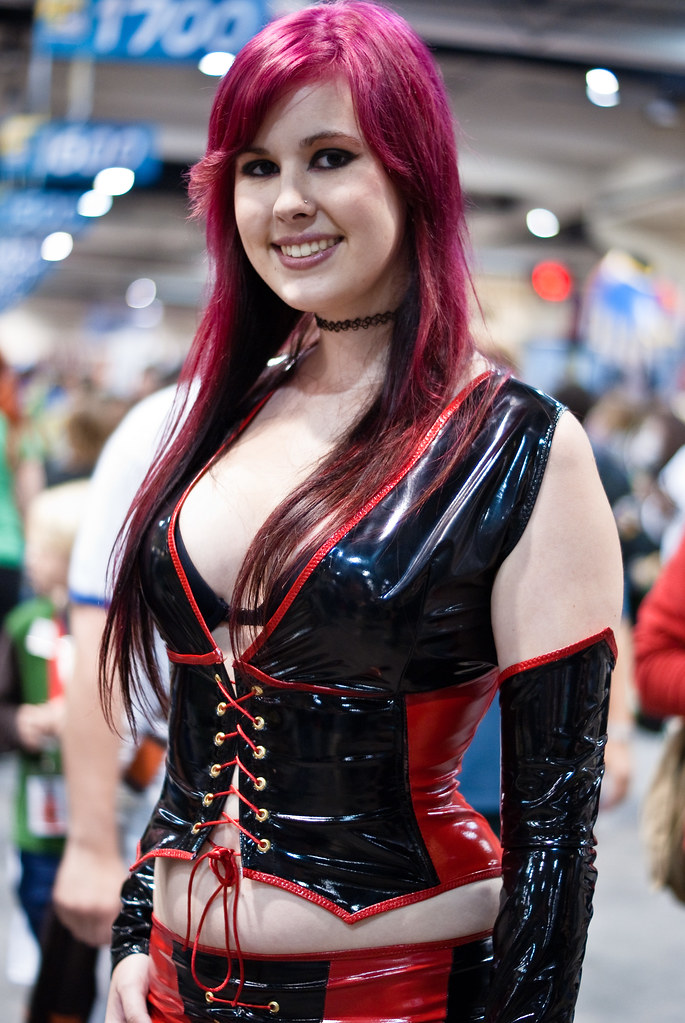
SONY DSC 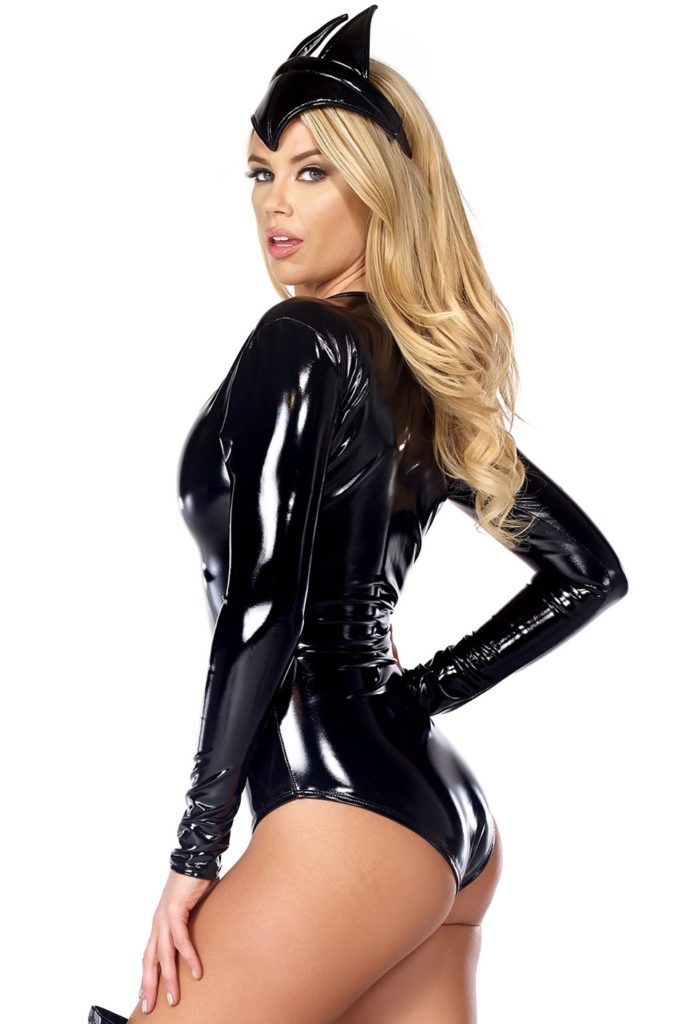
Our 2-way stretch vinyl is a happy medium where you need some stretch but don’t want to spend more for our premium 4-way stretch vinyl. It’s great for cosplay, Halloween costumes, theatre, etc. We also have a couple custom designs that you won’t find anywhere else in the world in our 2-way stretch vinyl: silver polka dot on black, and black with white pinstripes.
The polka dot vinyl can be made into retro 1960’s swing dresses or skirts, and the pinstripe vinyl is exactly what you need for pants and jackets similar to what you may have seen from Lip Service. Pinstripe vinyl tuxedo costume anyone?
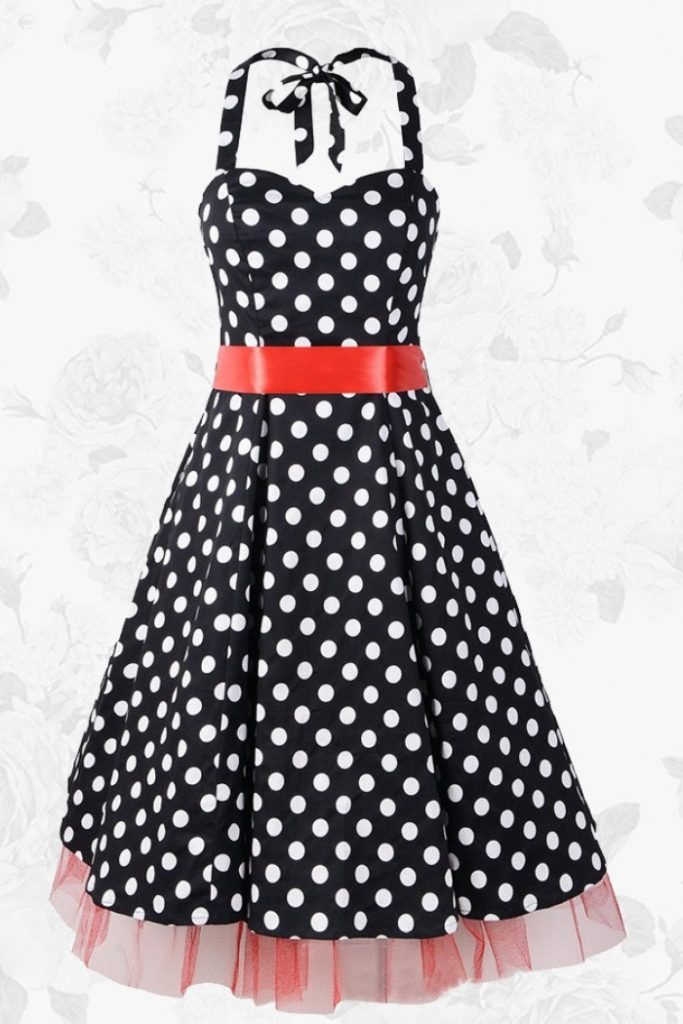
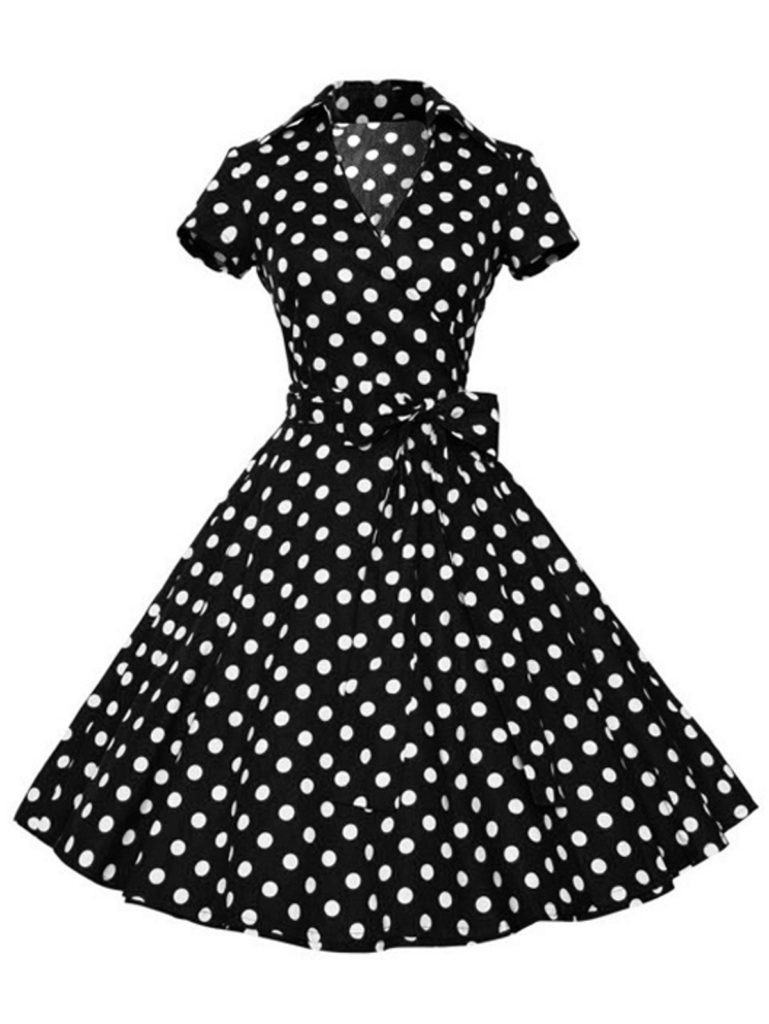
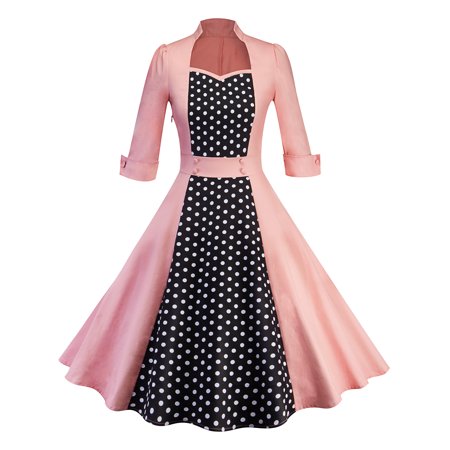
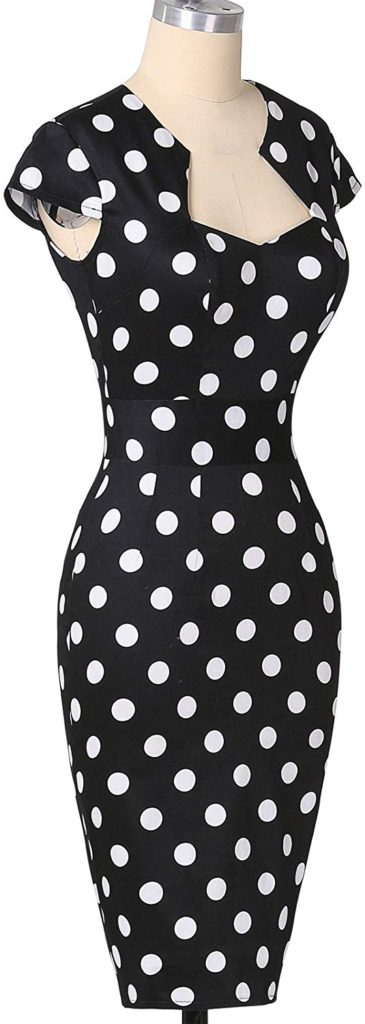
Inspiration for MJTrends Polka Dot Vinyl Fabric
MJTrends offers the most colors of 4-way stretch vinyl than you can find anywhere else including interesting shades of primary colors like mint green, army green, lavendar, rust, and tan and every year we add new colors based on your feedback (drop us a line at sales@MJTrends.com if there is a color of stretch vinyl that you would like us to add – we listen to your requests).
Another clarification that we would like to add to general requests for shiny materials like latex, is the different finishes of vinyl fabric. Unlike a super-shiny plastic-looking coating, there are also faux-leather like finishes. These come in either upholstery grade, where the coating is harder and thicker, or garment grade where you have a softer coating and more flexibility.
Matte vinyl, or faux leather, can have various types of stretch just like the materials that we covered previously: no-stretch, 2-way stretch, or 4-way stretch. The coating can also range in the degree of softness. Our “buttersoft” black faux leather has a feeling similar to lambskin in that it is exceptionally soft to the touch.
The last material that we will cover is our line of transparent vinyl. Unlike the vinyl fabrics liste above, clear vinyl material has no fabric backing. It is 100% Polyurethane. The material can be sewn and it is less prone to ripping than latex, however, without the fabric backing it is more likely to rip than traditional fabric.
Clear vinyl can be sewn or glued, however, the majority of our customers will sew the material because sewing is faster and generally easier than gluing it. We recommend using a slightly longer stitch length to minimize the risk of tears, and you want to avoid placing the seams under too much stress.
Something that distinguishes our clear vinyl from others is the softness of the material. We use P/U, which as stated previously is more environmentally friendly and softer. When producing our clear vinyl we purposely opt for a very soft material. The advantage is that it feels better to the touch, folds more easily lending itself to better draping qualities, and is less prone to developing permanent wrinkles or creases.
The disadvantage of making the clear vinyl softer is that it tends to stick to itself more than a harder vinyl. For this reason we ship the clear vinyl with a light powdering of tacl powder to prevent it from being stuck to itself. The powder wipes off easily with a damp cloth. When storing a finished garment we recommend hanging it so that you avoid having to unstick it, or lightly powdering it and folding it gently for long-term storage.
A distinction of clear vinyl from latex sheeting is that latex also comes in semi-transparent colors, however, clear vinyl is clear like glass, whereas latex sheeting is only semi-transparent. The thicker the gauge of latex, the less transparency, as less light is able to pass through the thicker material.

Catsuit made from semi-transparent latex sheeting
In the future we are considering adding clear vinyl with some stretch capabilities. We would love to hear your feedback as to whether you would be interested in such a material (send us a note at sales@MJTrends.com).
If you were not familiar with these different types of fabric and materials as well as the distinctions between them then we hope we have increased your knowledge. We would love to help you with your projects and provide guidance and advise on which materials to use and how to use them. You can also discuss your projects at our forums section or peruse tutorials on how to work with our various fabrics.


 Email App
Email App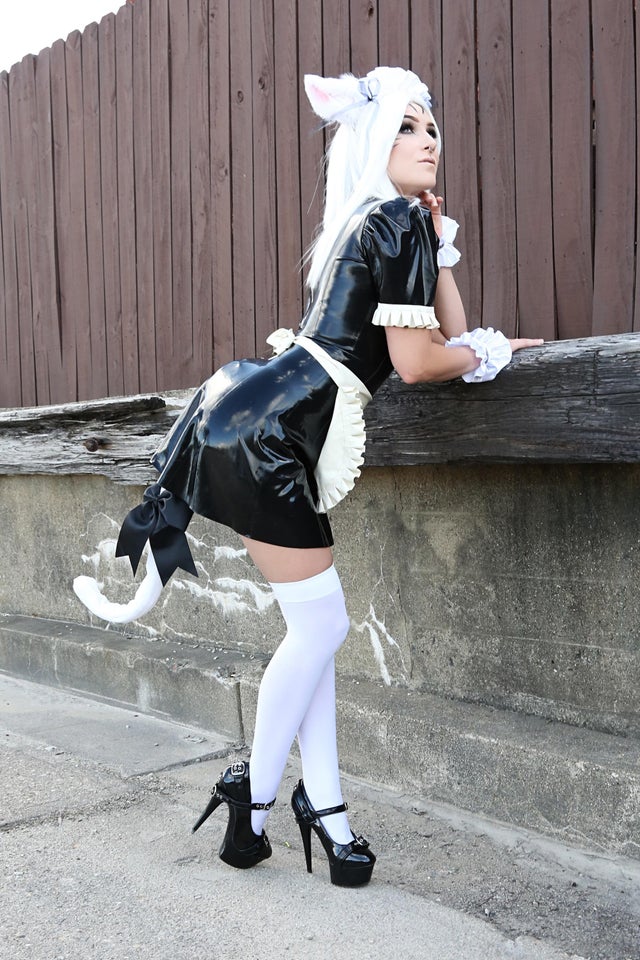

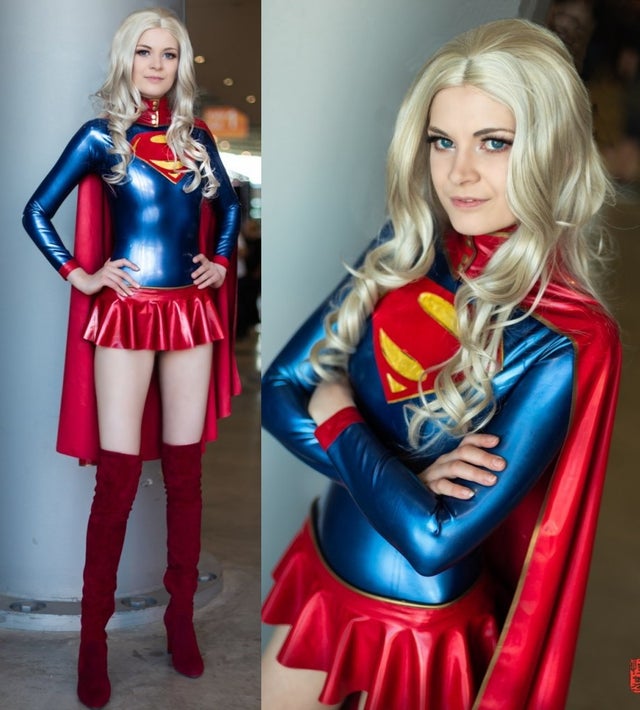
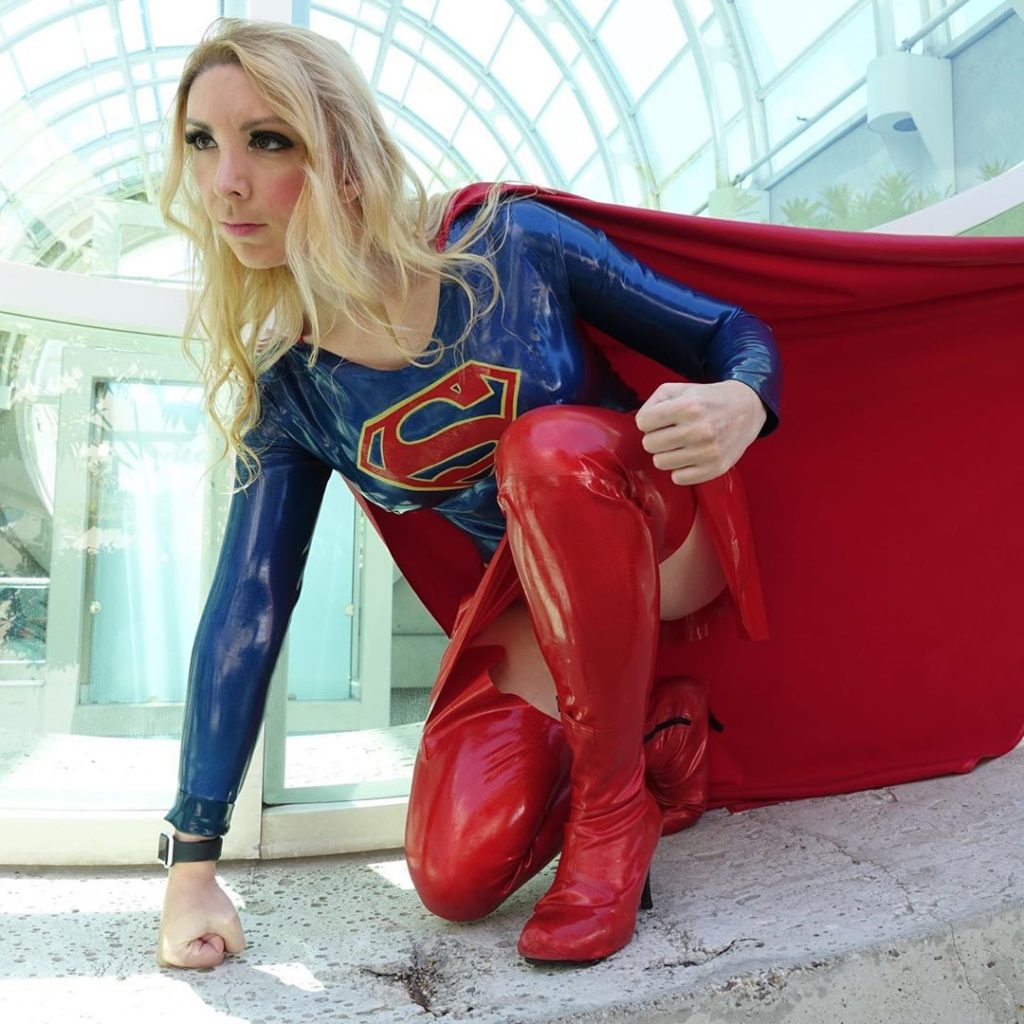
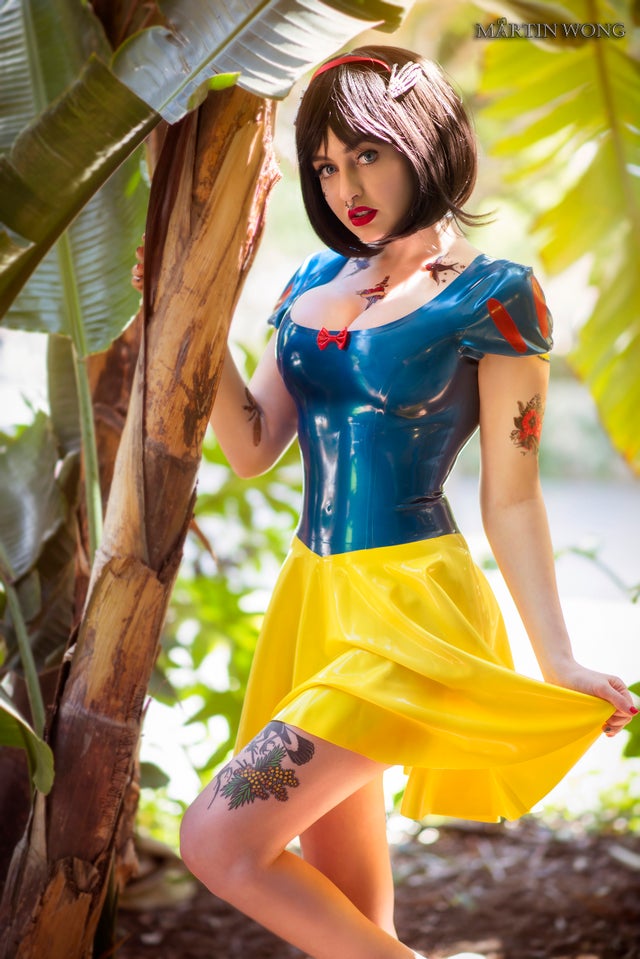
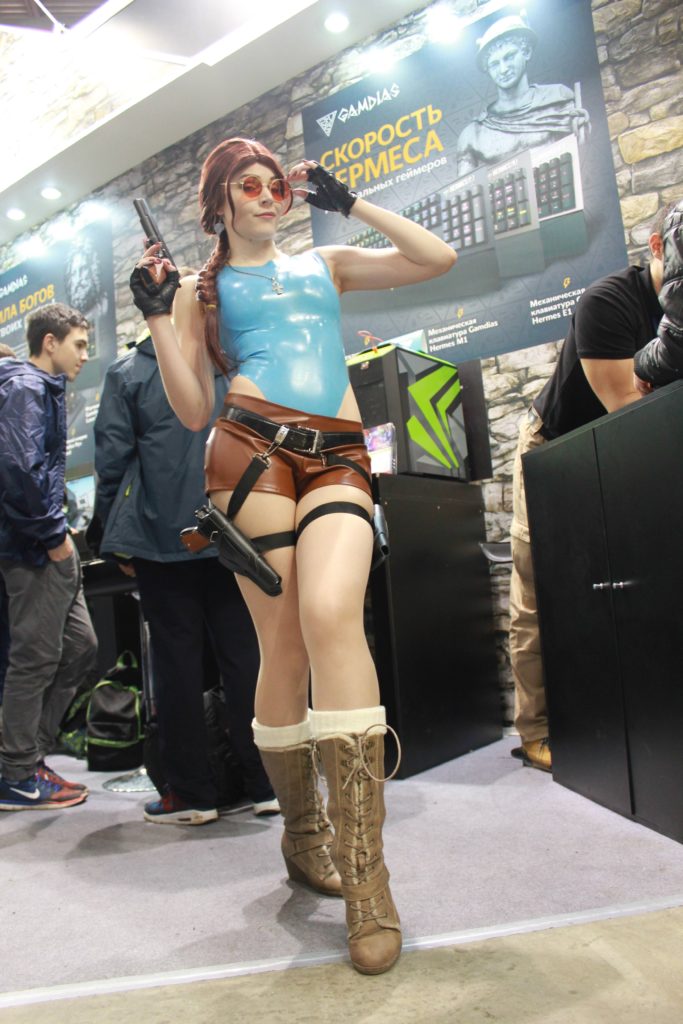
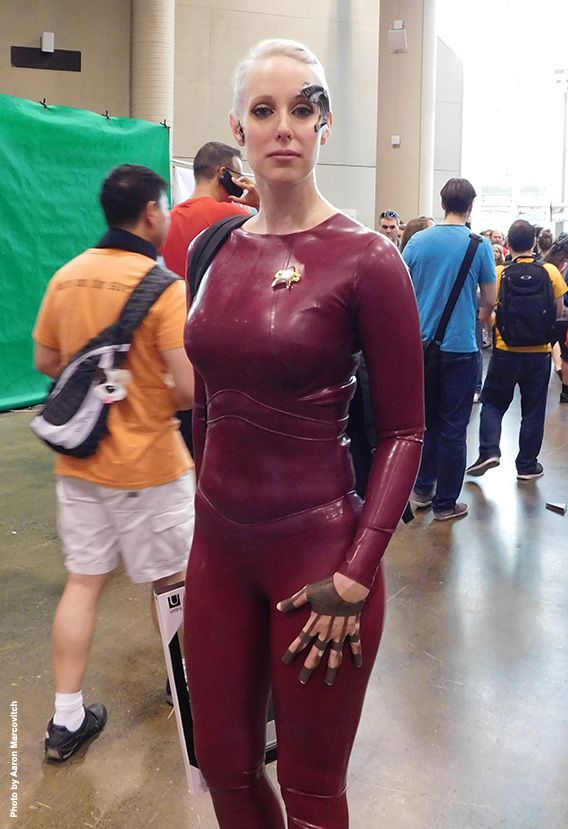
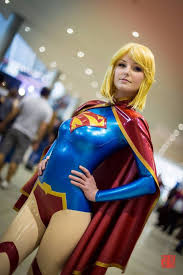
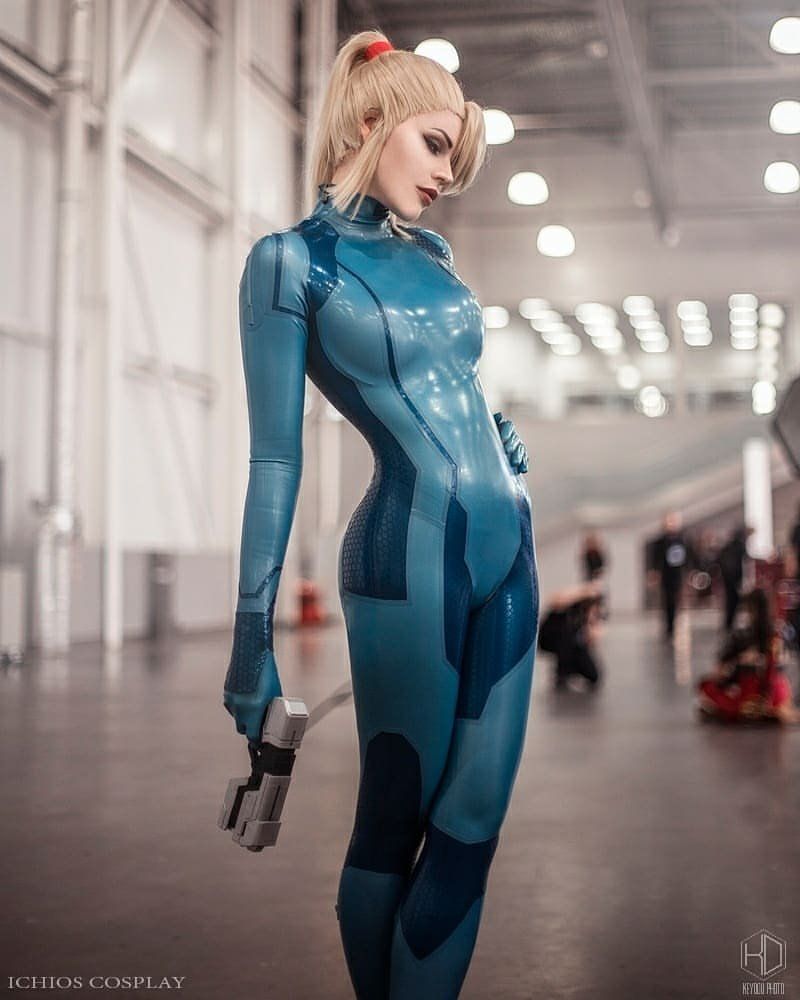
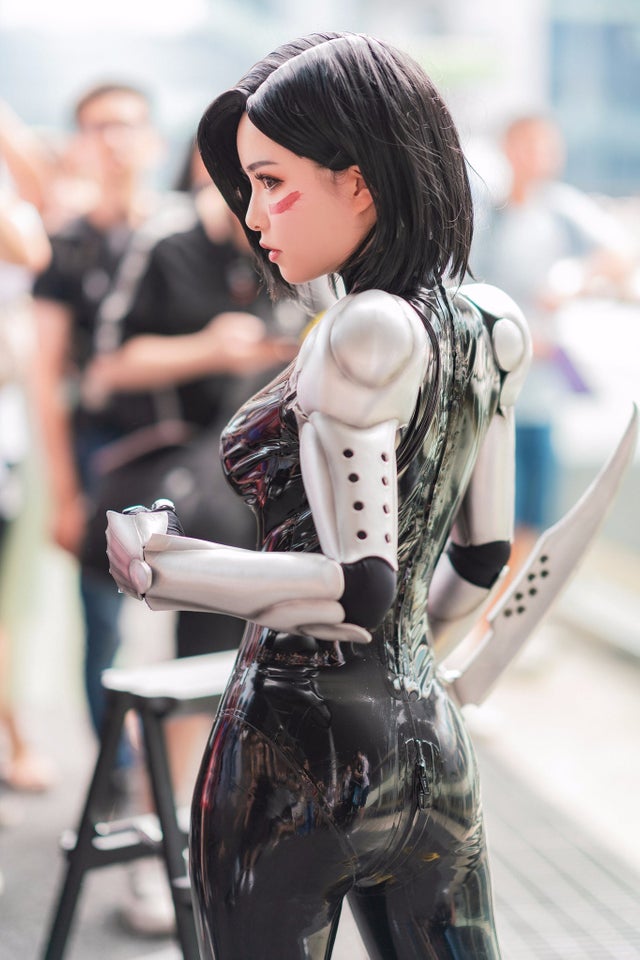

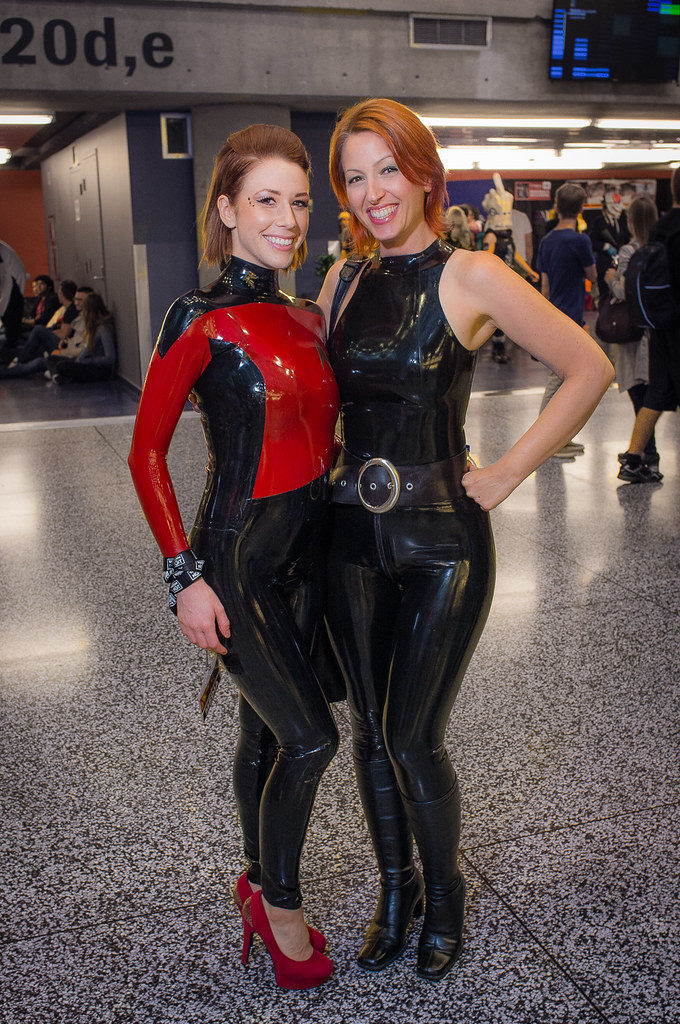


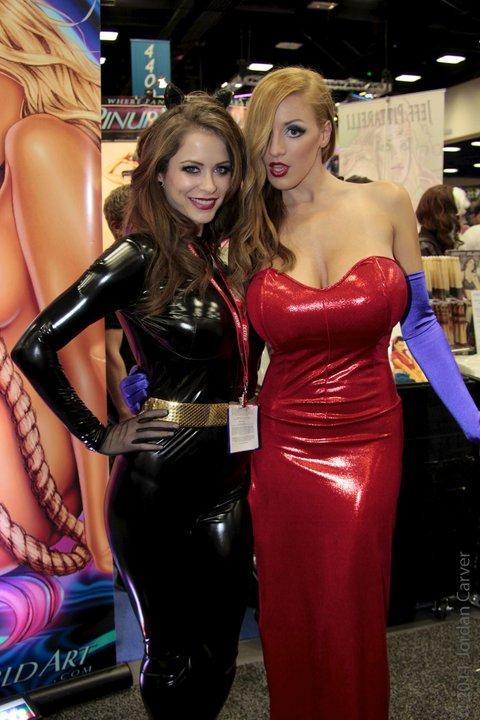

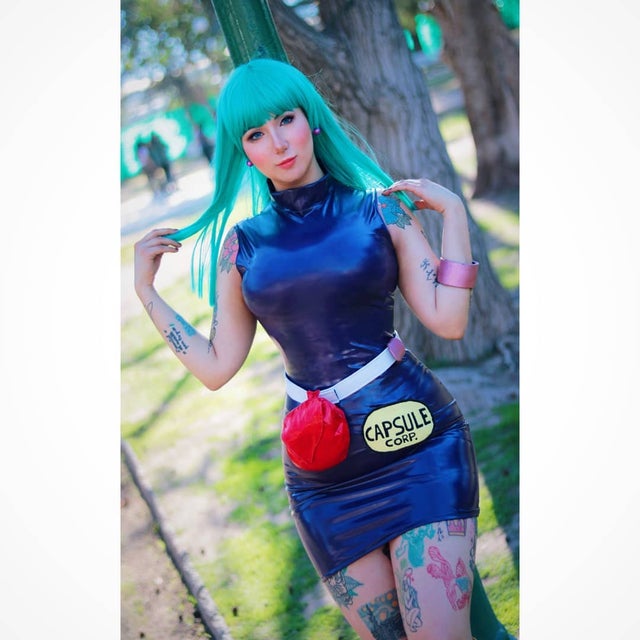

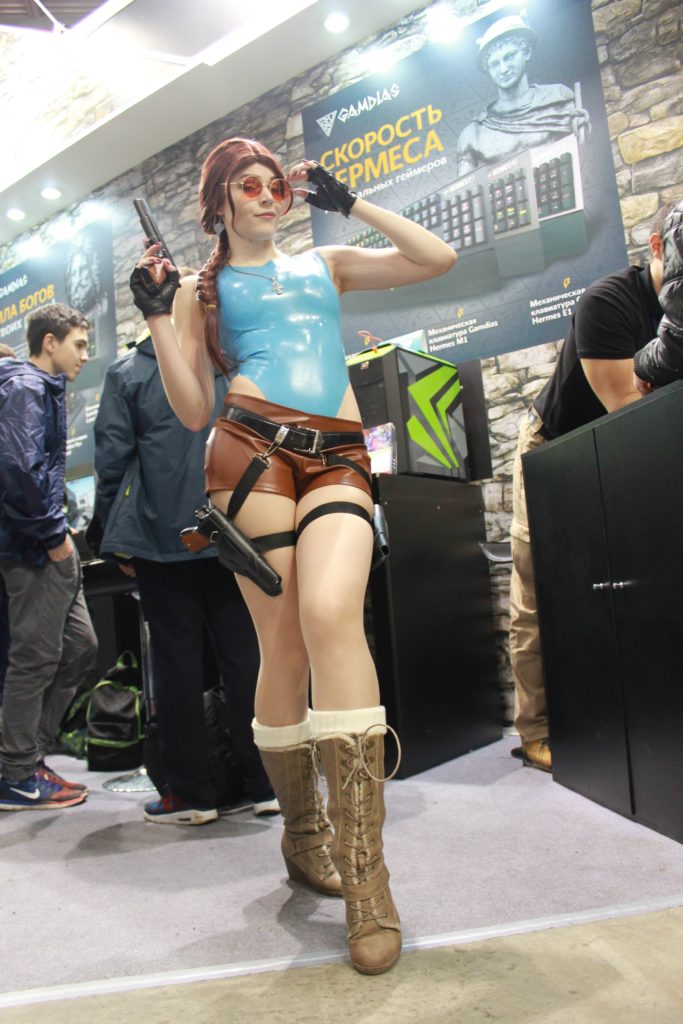
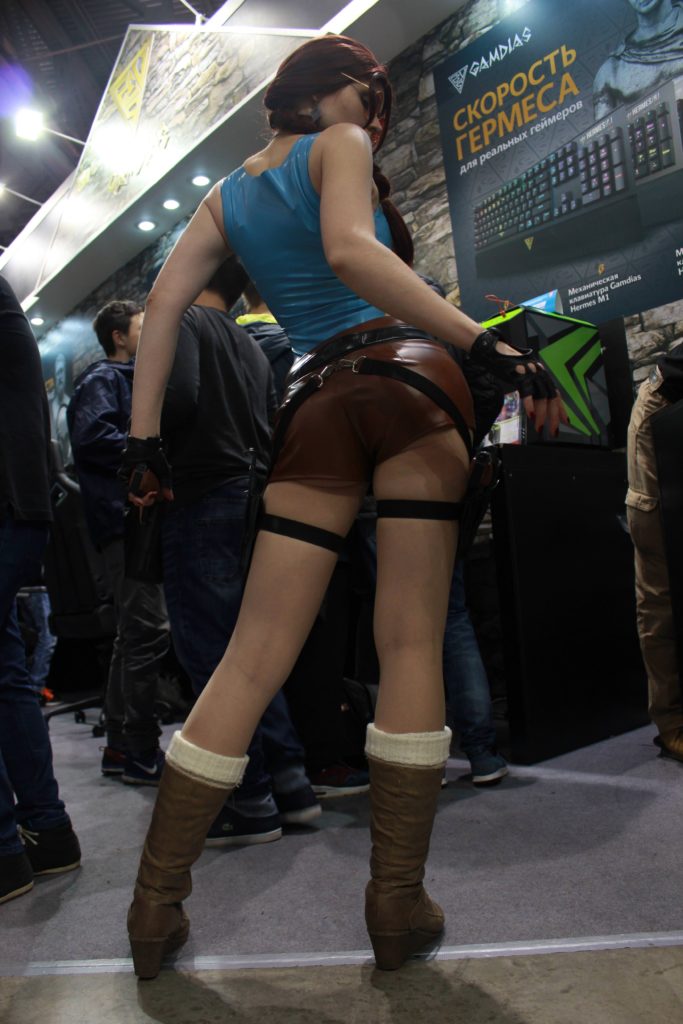
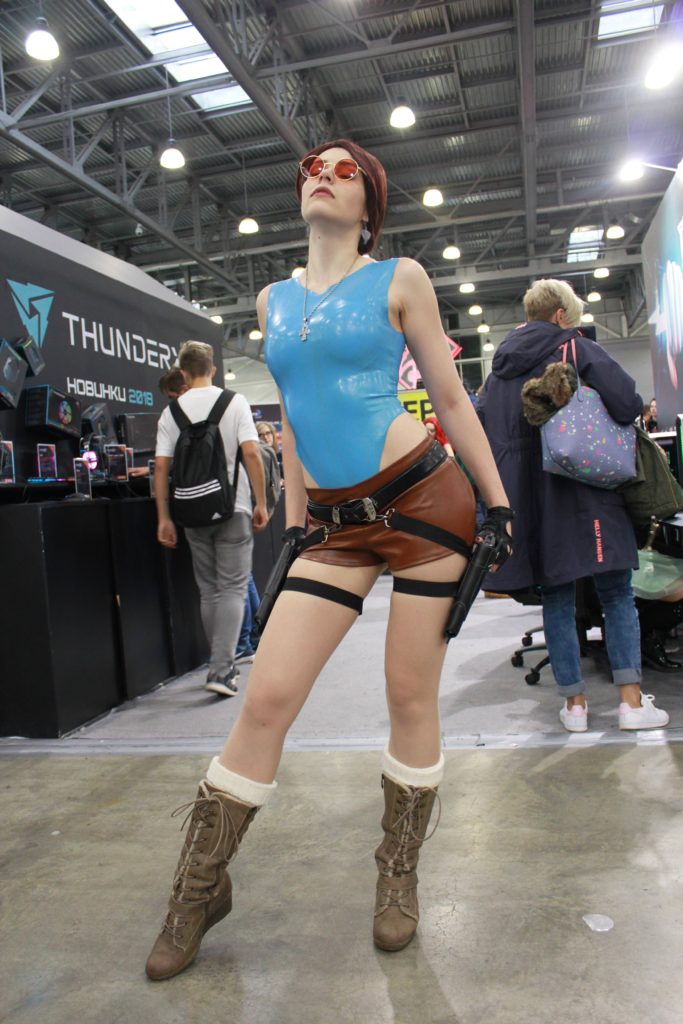
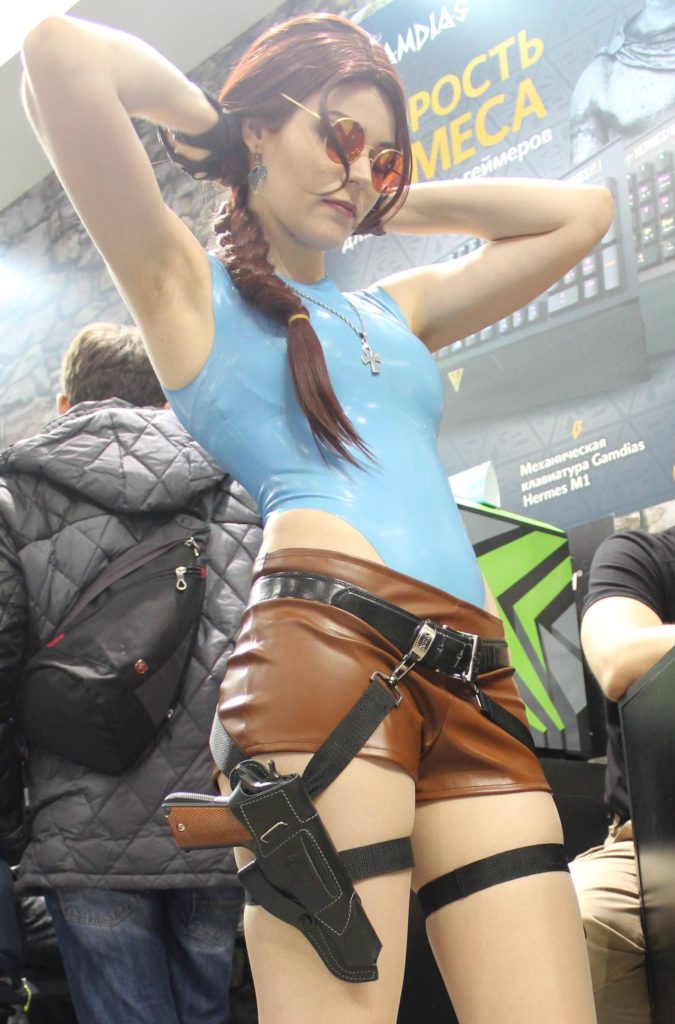

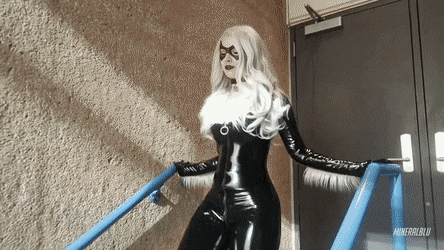
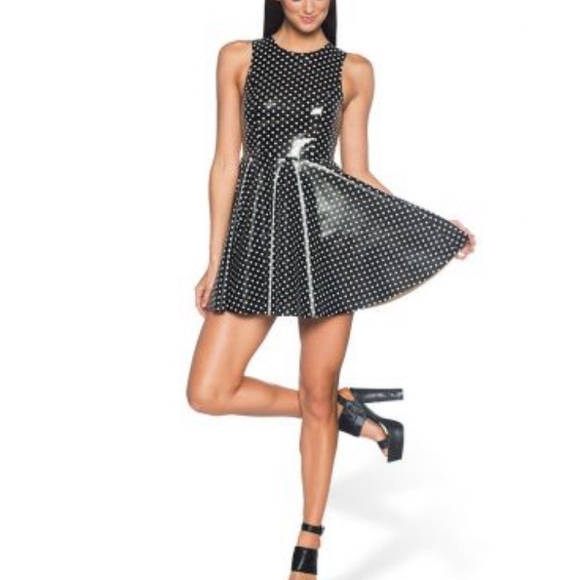
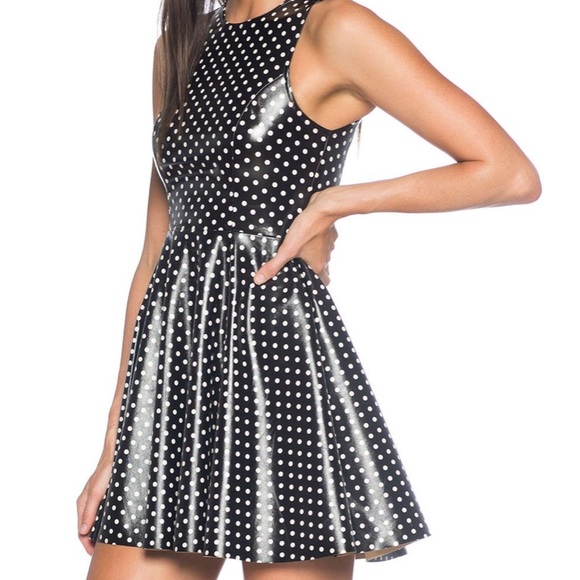
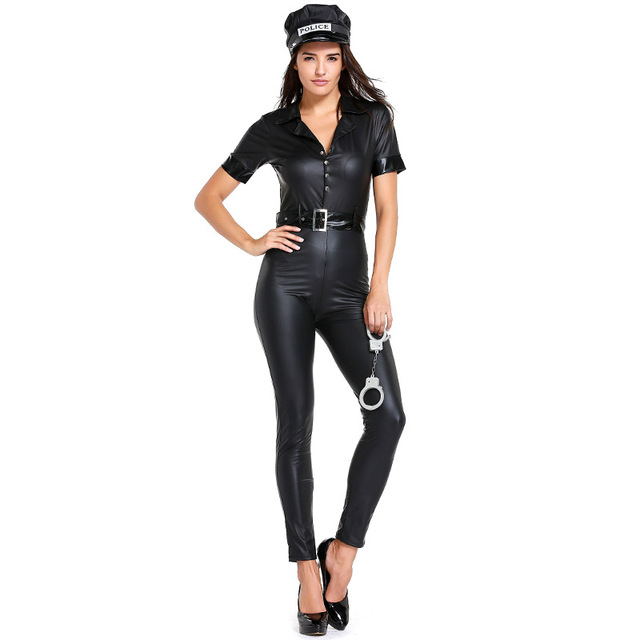


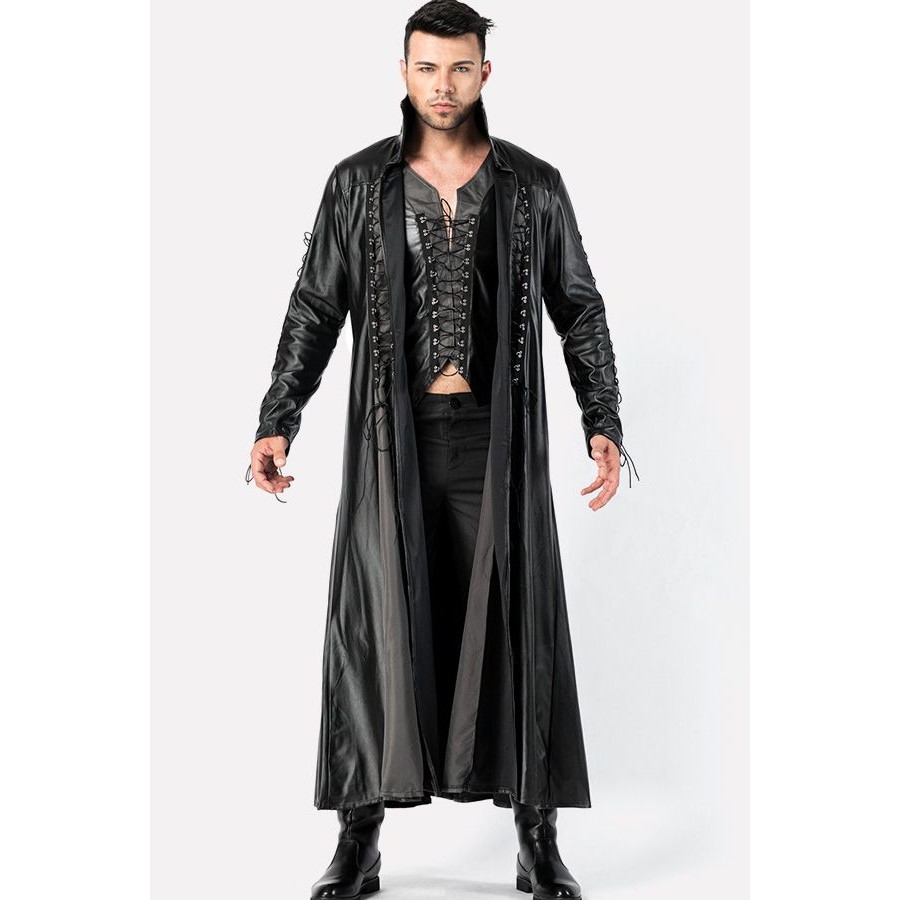
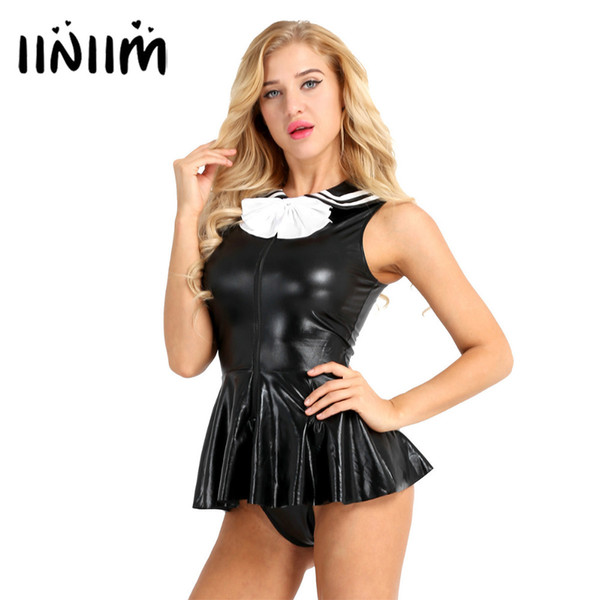
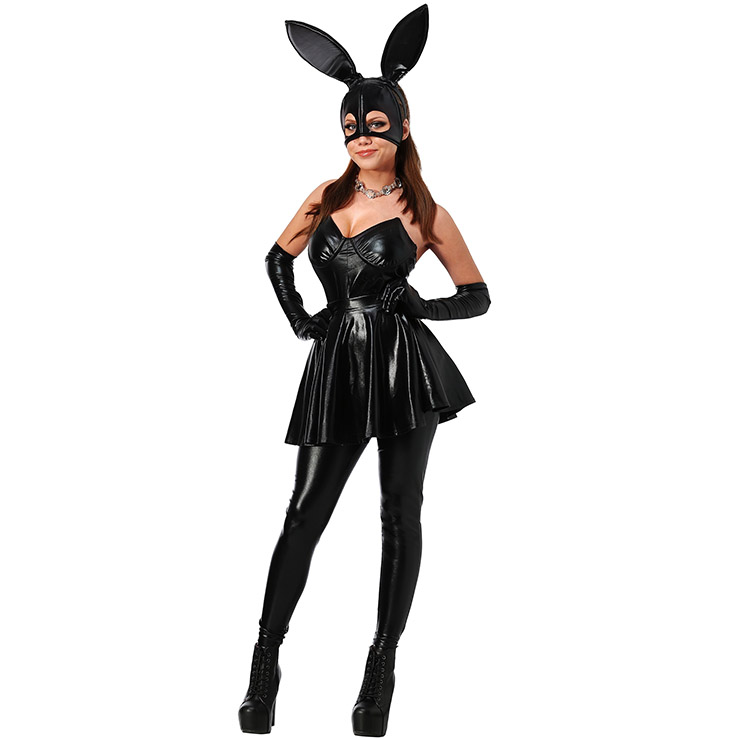

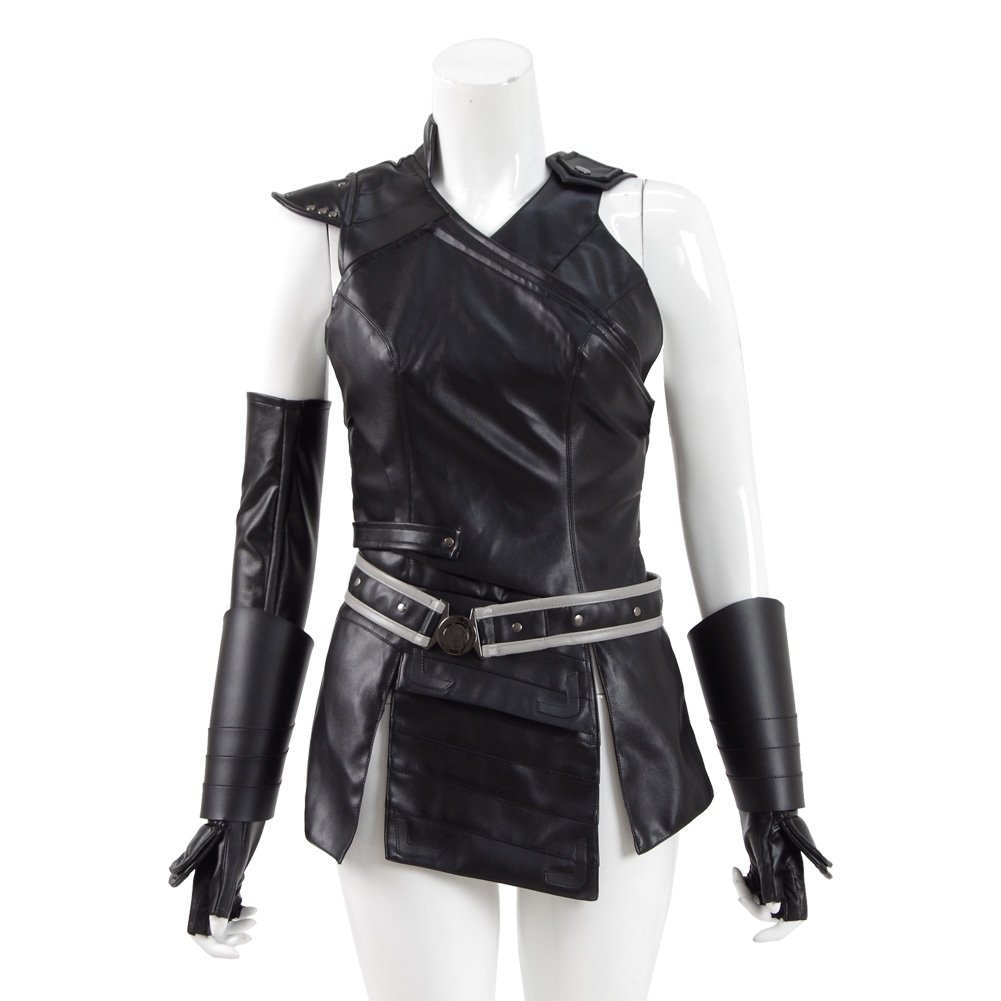
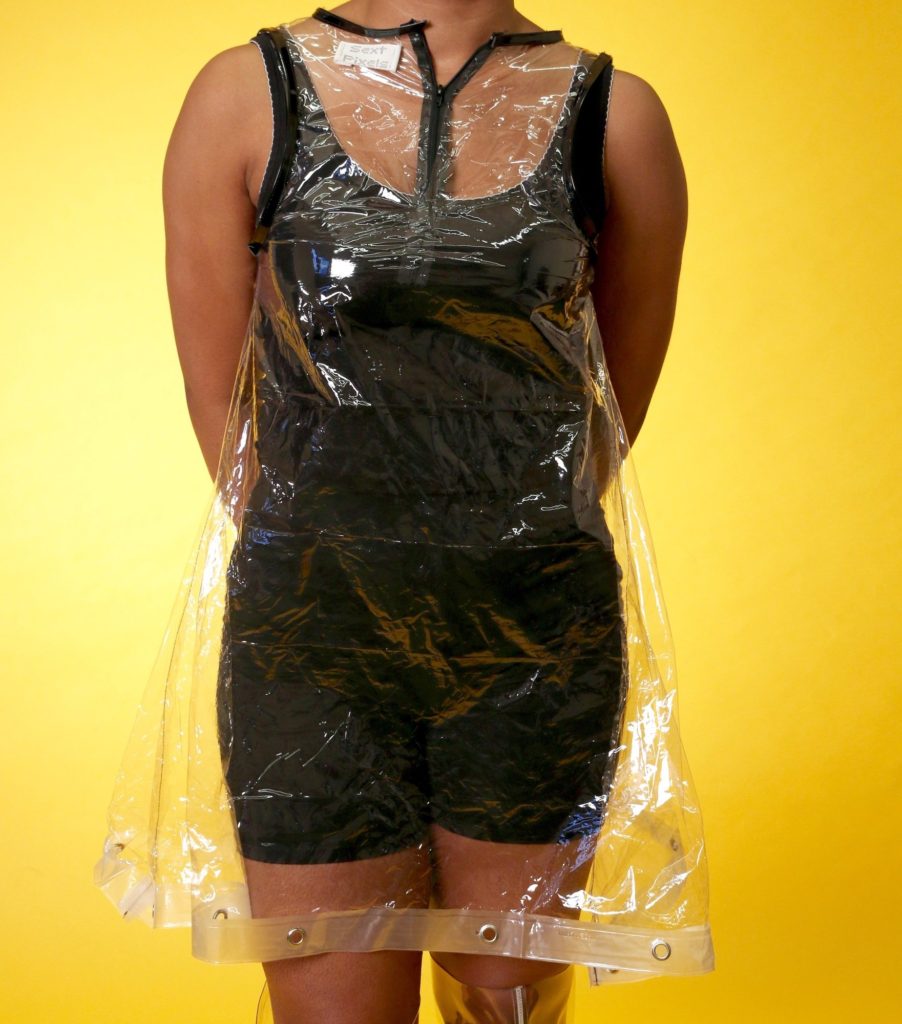
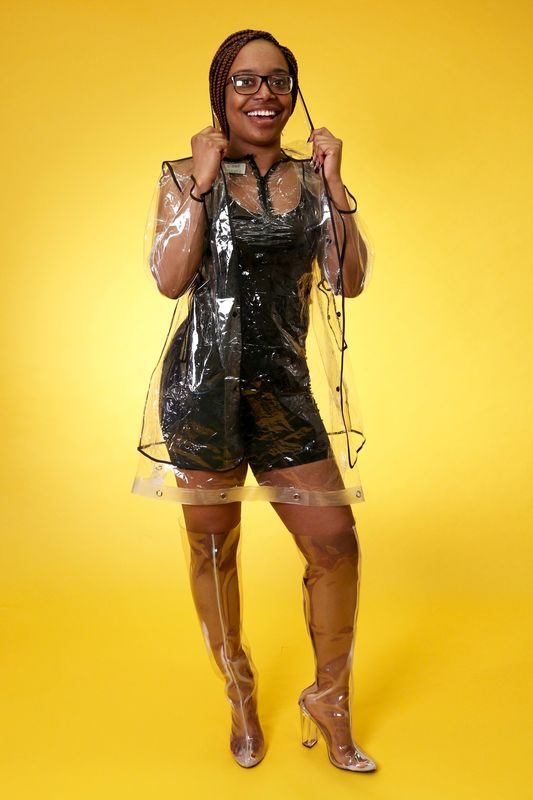
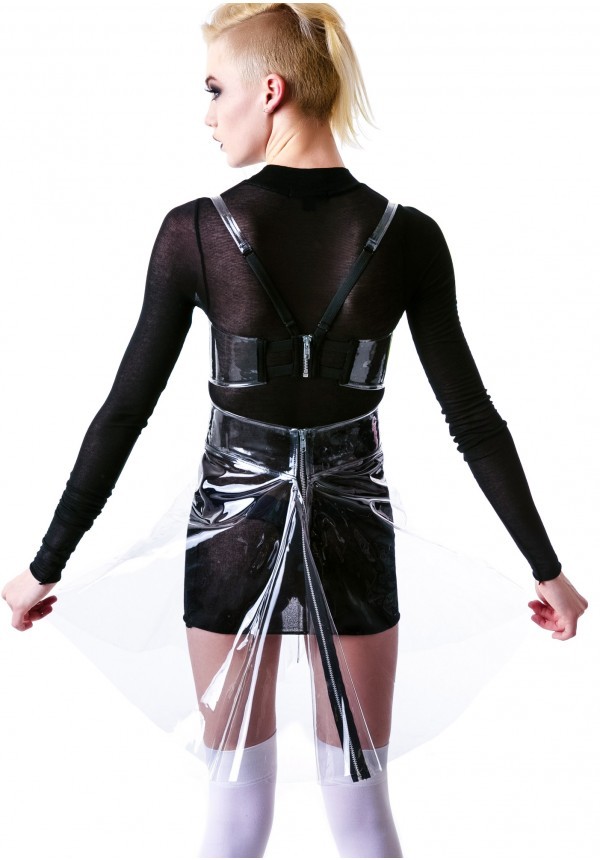


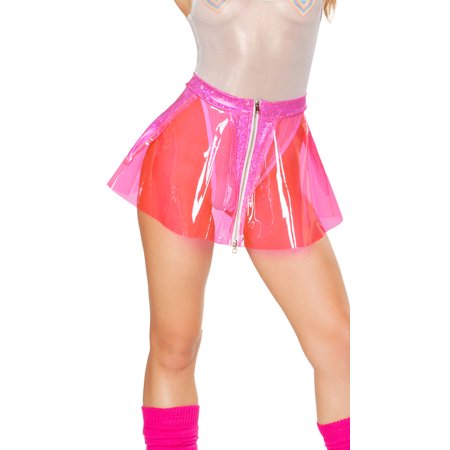
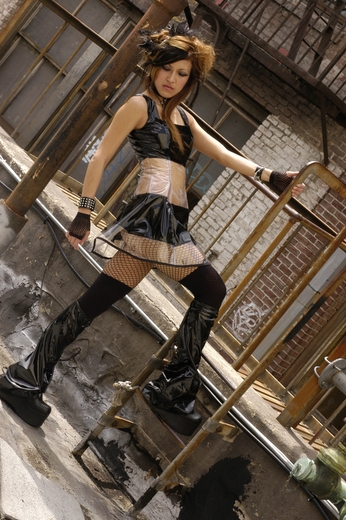
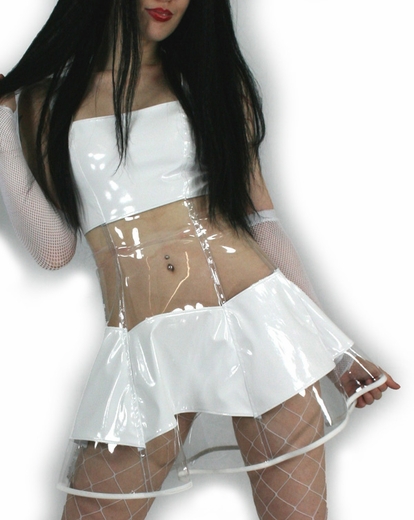
No Comments